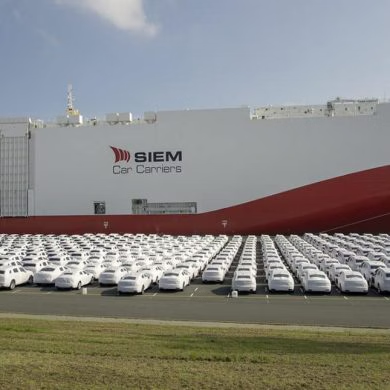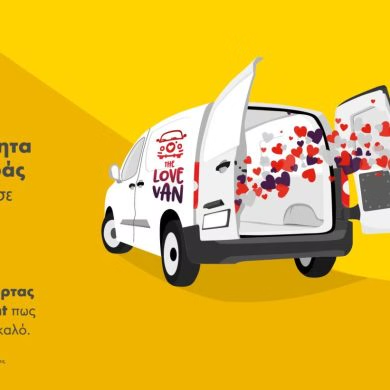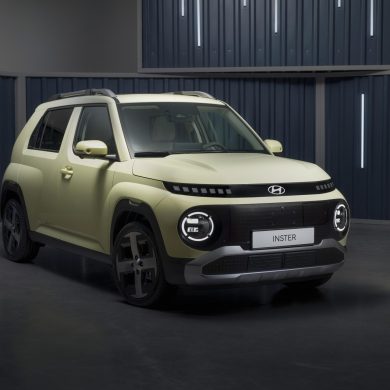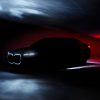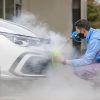
With Rally 037, Lancia returned to rallying with a car - like the Stratos - that was designed exclusively with winning in mind. The common features between the two models in philosophy were many, as was the striking appearance, with Rally 037 going down in history in Martini Racing colours. The Stratos' successful formula of compact dimensions, a centrally mounted engine, easy access to mechanical parts and rear-wheel drive was carried over to the Rally 037, but at a time when conditions were changing with the emergence of four-wheel drive in rallying.
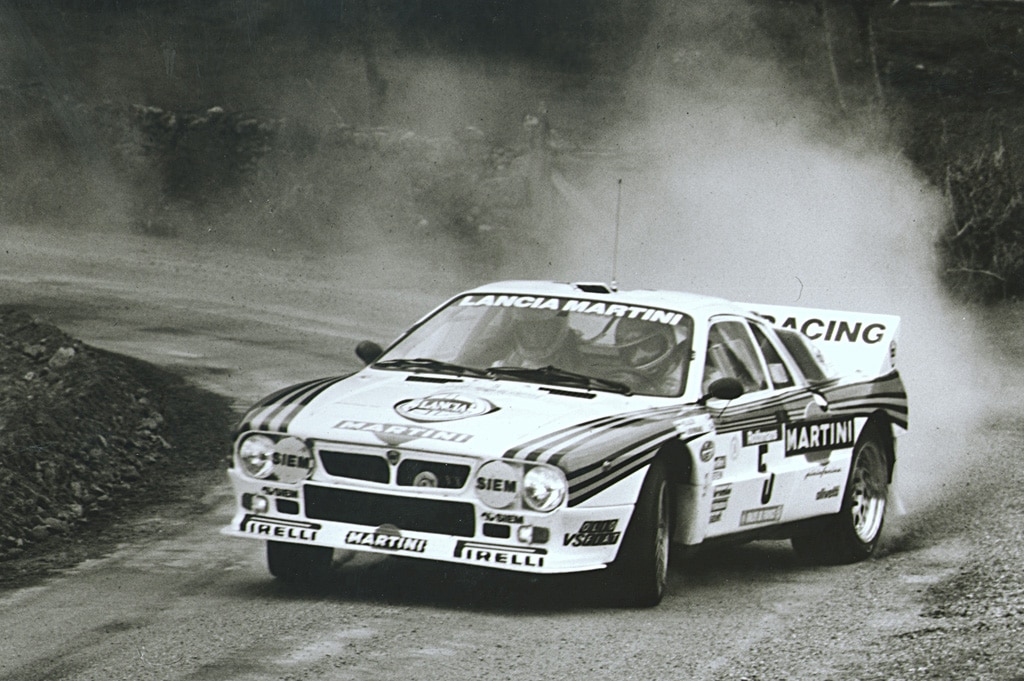
The team of engineers led by Sergio Limone used the Lancia Beta Montecarlo, a compact centre-engined coupé, whose turbocharged version had won the Gr. 5 World Championship in 1980 and 1981, as a basis. Two tubular frames were based on the Montecarlo's central chassis and Pininfarina dressed the whole thing in an aggressive yet elegant body, which also had very good aerodynamic performance. The large fiberglass panels allowed for quick replacement, allowing the mechanics to complete repairs between special runs in record time. A typical example is that it took just 12 minutes to replace the gearbox on Rally 037.
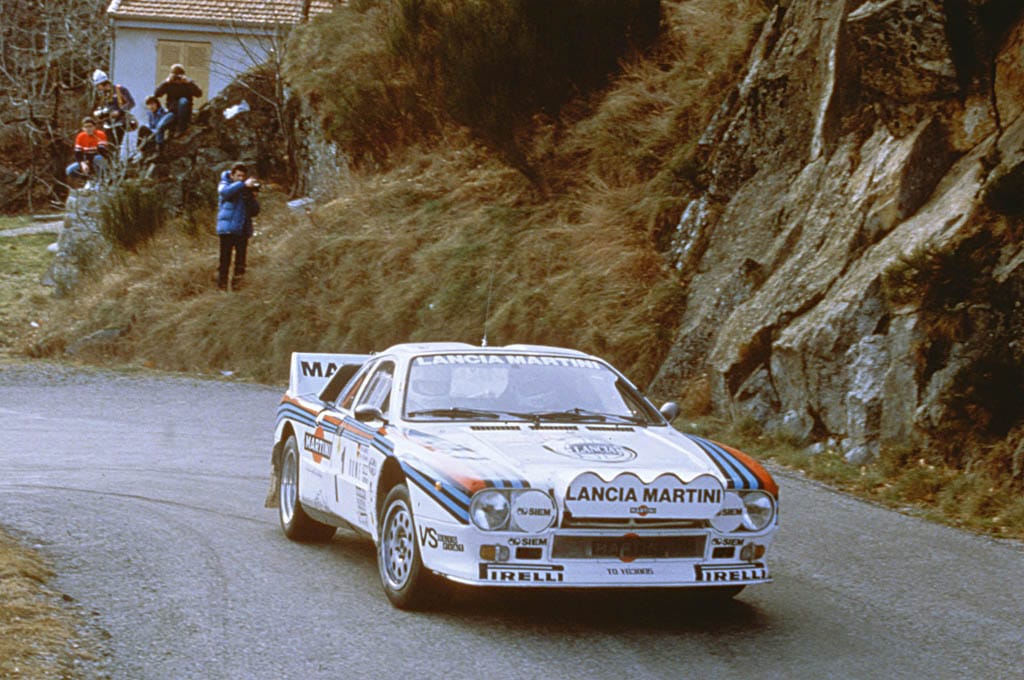
A total of 200 units of the Lancia Rally 037 were built between 1982 and 1983, a number necessary for Group B homologation.The Rally 037's racing commitments started in 1982 with several problems and the Germans won the title using a four-wheel drive system. Instead Lancia insisted on rear-wheel drive, giving more time to the development of a more modern all-wheel drive system, which would appear shortly afterwards on the Delta S4. Nevertheless, it was only when the rear-wheel drive - and relatively weak - Rally 037 reached a good level of reliability that it managed to win the World Title in 1983. This would be the last title for a rear-wheel drive car in the World Rally Championship, marking the end of an era. At the same time Walter Rohrl finished in 2nd place.η The then 25-year-old Miki Biasion won the European and Italian championships.
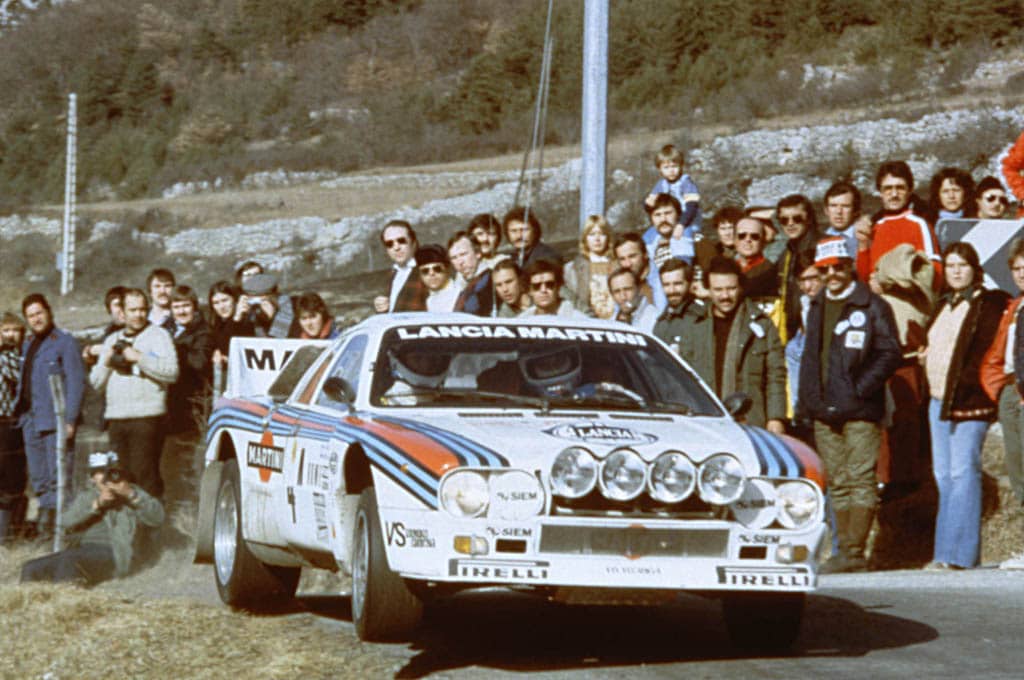
The Italian rally legend is also one of the links between Rally 037 and the Delta S4, the car that brought Lancia into the era of four-wheel drive rally cars that still dominate today. Biasion, whose star rose with 037, took his first World Rally Championship victory in the Delta S4 in 1986 at the Rally Argentina.
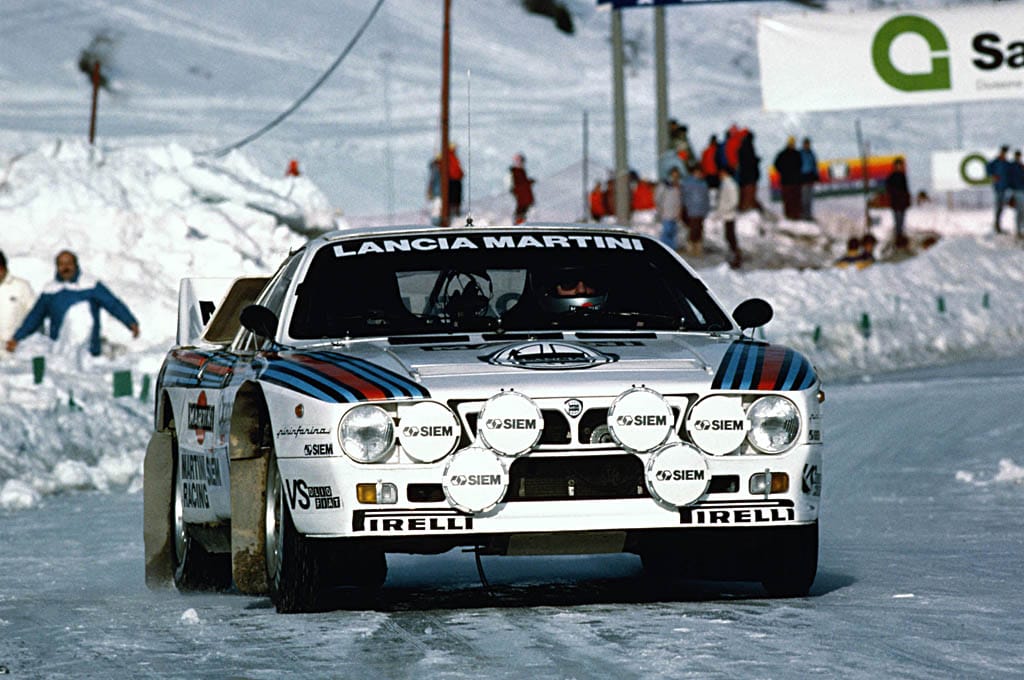
The Delta S4 was created between 1985 and 1986 by Lancia in collaboration with Abarth. It was an absolute race car in every respect, with which Lancia also gave in to the transmission on all 4 wheels. The purpose of the Delta S4 was to continue the winning streak of the Rally 037 in the legendary Group B.
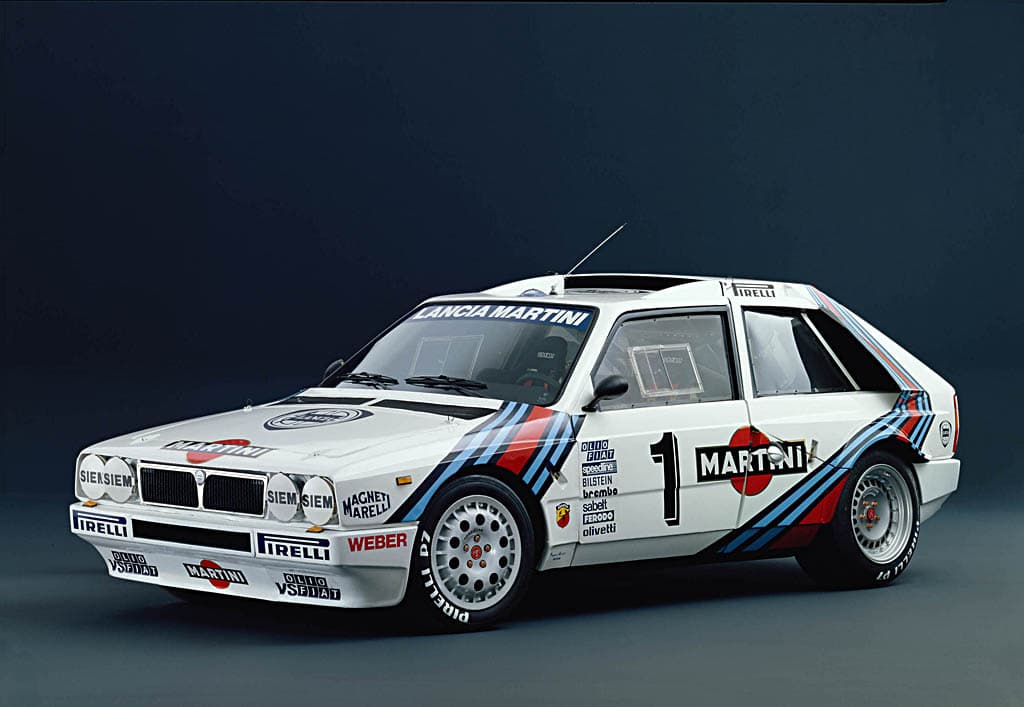
Under the bonnet, the 1,759cc engine combined a mechanical compressor and turbocharger to reduce the Turbo's low-speed lag. The official figure for maximum power was 490 bhp, although there were rumours that the total exceeded 500, which is not at all unlikely given that in 1985, when Lancia engineers tested the S4's engine under extreme operating conditions, it had reached 1,014 bhp at 5 bar pressure. The Delta S4 brought the dual supercharging method to the fore for the first time, with a large Kühnle, Kopp & Kausch turbo starting at 4,500 rpm and a Volumex R18 mechanical compressor filling the performance gap at lower revs. The choice of displacement was far from random, since in accordance with FIA regulations and the 1.4 factor on turbocharged sets, the S4's engine was kept below the 2,500 cc limit that ensured the minimum permissible weight of 890 kg.
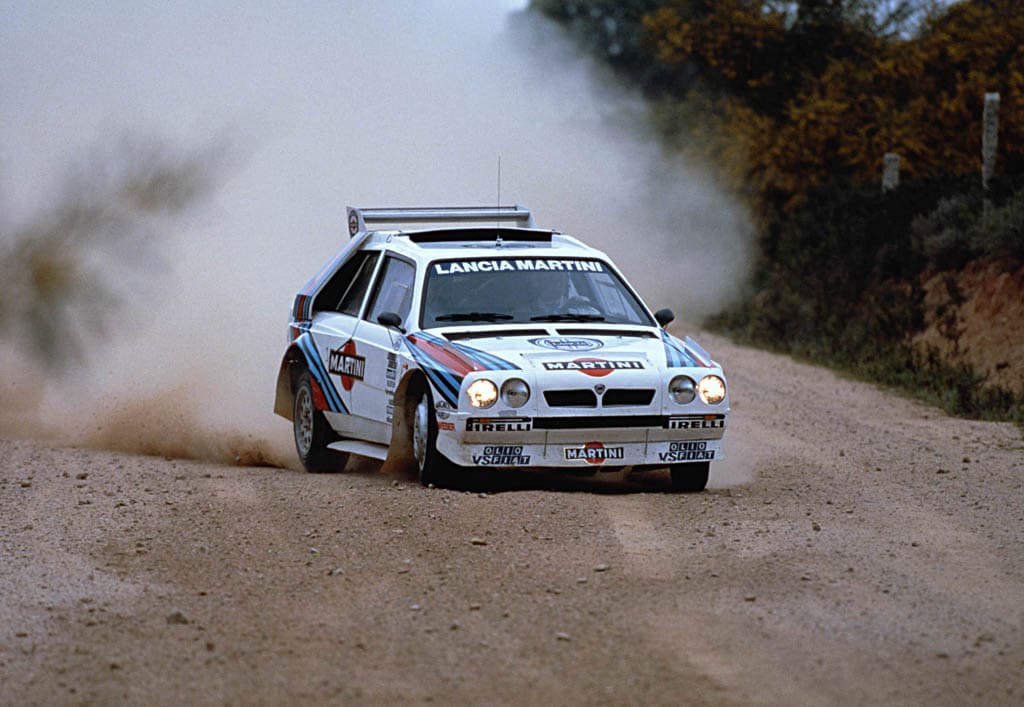
Like its competitors, the Delta S4 with the engine in the centre bore little resemblance to its production counterpart, the Lancia Delta in this case. Like the 037, the tubular chassis had double wishbone suspension on all wheels, while the composite bodywork emphasised aerodynamic performance and, of course, quick damage recovery in the event of an exit. The new all-wheel drive system developed by Lancia for the S4 in collaboration with British Hewland had a central differential, with 60%-75% torque distribution to the rear wheels, and offered a significant advantage over the less sophisticated all-wheel drive systems of the competition.
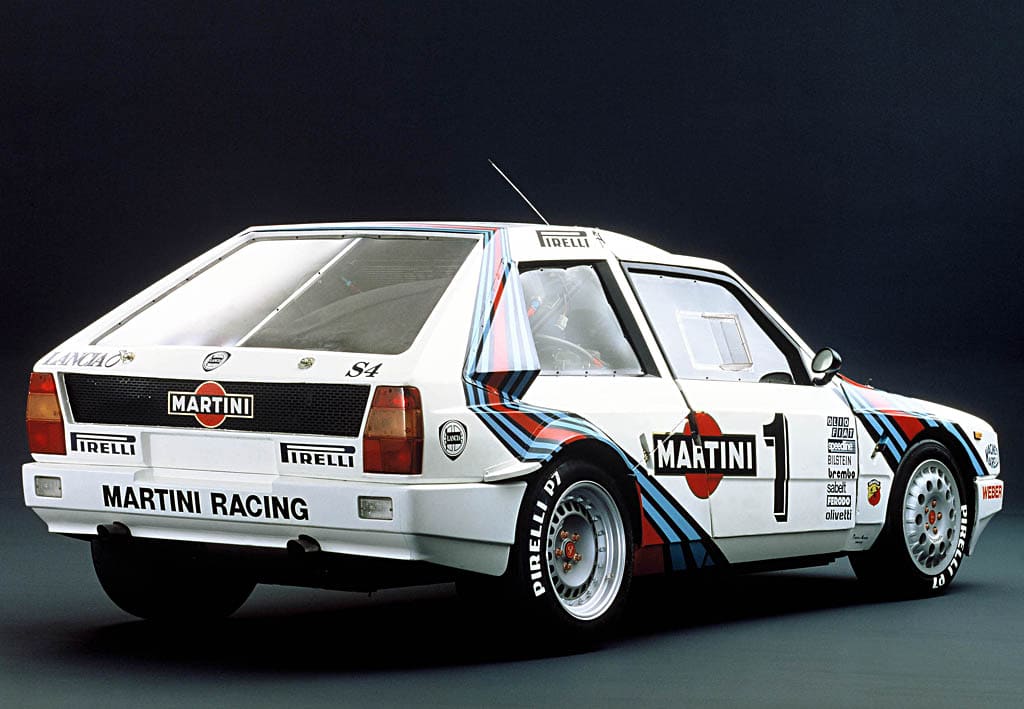
The Delta S4 made its presence felt immediately by winning its first official entry in the 1985 RAC Rally in the hands of Henri Toivonen. The following year Markku Alén and his S4 were for two weeks the 1986 World Champions, a title which was stripped from them after the Finnish driver's victory in the Sanremo Rally was cancelled for a technical infringement. In addition to the lost Sanremo victory, that same year the Delta S4 took three victories, at the Monte Carlo Rally with Toivonen, the Rally Argentina with Biasion and the Olympus Rally in the USA with Alén. At the same time the impressive Lancia racer won the 1986 European Rally Championship.
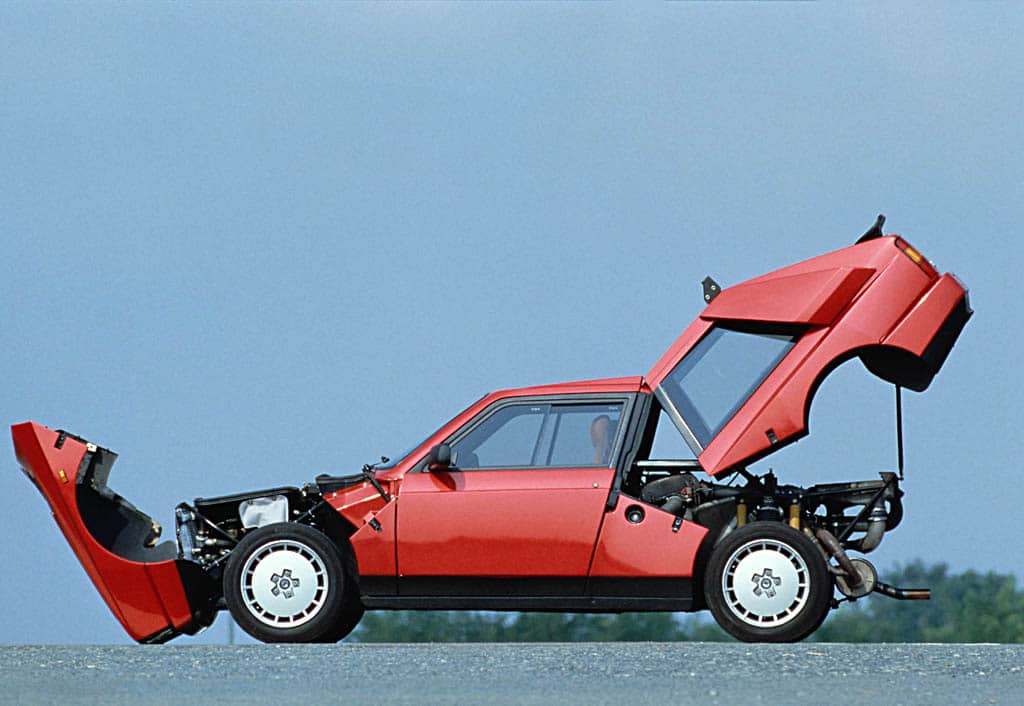
The end of the Delta S4 came in tragic fashion when Henri Toivonen and his co-driver Sergio Cresto were killed after an exit on 18η special stage (Corte-Taverna) of the 1986 Tour de Corse, an accident that led to the immediate termination of Group B.
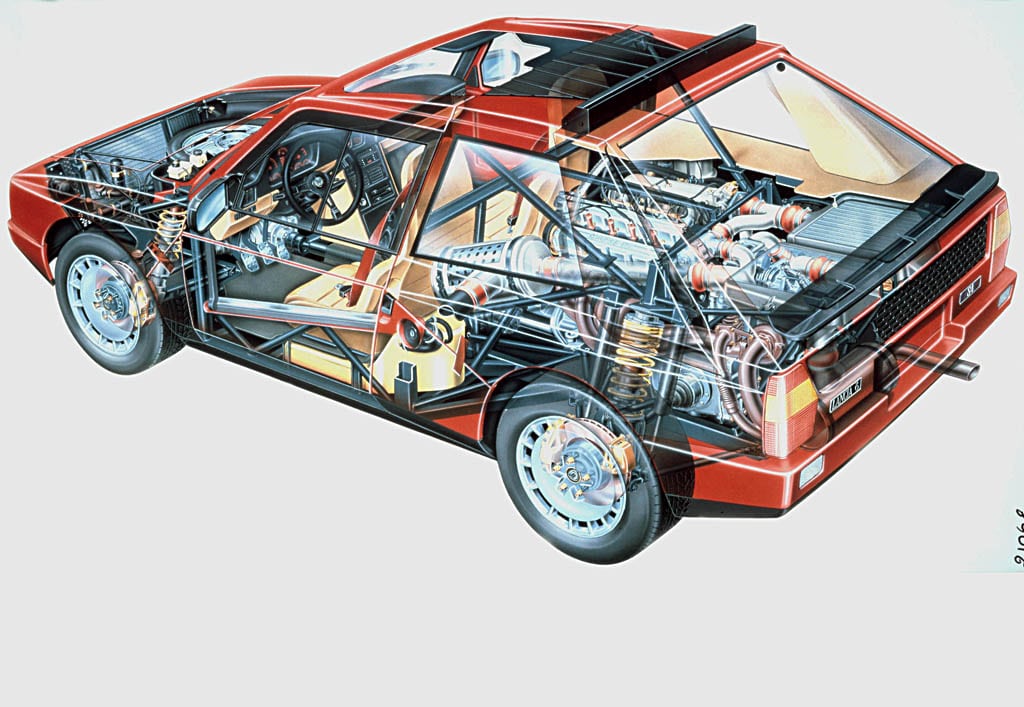
Lancia planned the futuristic Lancia ECV to replace the Delta S4 for the 1987 season, but the cancellation of Group S, as well as Group B, led to the use of the production Delta. For the first time since the Fulvia, Lancia was forced to rely for its racing presence on a production car rather than one designed specifically for rallying, but a condition that would lead to the most successful race car in its history. The Lancia Delta HF racing car with which the Lancia Rally Legends cycle will close.


